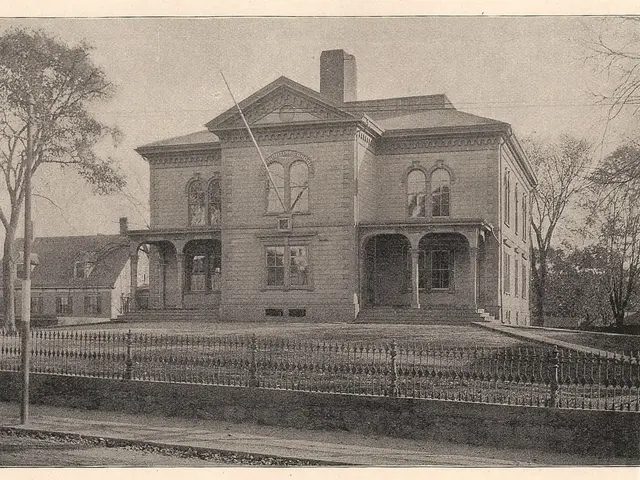U.S. manufacturing sector experiences layoffs despite President Trump's aspirations for resurgence
Manufacturing Blues: Trump's Tariffs and Their Mixed Impact
The whirlwind of President Trump's tariffs on foreign goods has cast an intriguing shadow over the US manufacturing sector, showing both silver linings and cloudy days.
It's Not All Bad
- Homegrown Hope: Some view tariffs as a breeding ground for fledgling domestic industries, that could be nurtured under their protective shield from foreign competition. This has sparked increased investment in key manufacturing sectors like steel and molds[1][2].
- Balancing the Field: Companies like Walker Forge and Franchino Mold & Engineering back the tariffs, believing they offer a more level playing field against competitors in countries boasting lower production costs and distinct regulatory standards[2].
But There's a Catch
- April's Job Sigh: Despite lofty claims, the overall effect on manufacturing jobs has been sluggish. In April, while new positions were generated in manufacturing, the growth was moderated, adding just 1,000 jobs compared to other sectors[3]. To make matters worse, companies such as Mack Trucks have offloaded hundreds of team members due to the uncertainty caused by tariffs[5].
- ** Economic Snags**: Financial forecasts from financial institutions like Goldman Sachs suggest that while tariffs might create around 100,000 manufacturing jobs, they could obliterate up to 500,000 positions across the economy due to increased costs and reduced demand for products that depend on imported components[5]. models predict that tariffs could shrink GDP by about 8% and wages by 7%[4].
On the Wane
- Decades of Decline: The manufacturing employment landscape has proven a grueling terrain, with the number of jobs inching downwards since 1979, from over 19 million to nearly 12.8 million in March 2025[3]. The resurgence of manufacturing jobs is a towering challenge given the surge in productivity, leading to fewer jobs required to maintain output levels.
- Uncertainty Ahead: The tariffs have added a layer of uncertainty, altering business decisions like investments and hiring. Added costs of imported goods and components can result in diminished demand, which could lead to layoffs and overall employment contraction[5].
The intriguing battle between protectionism and globalization unfolds under Trump's tariffs, with some industries reaping benefits while others face immense hurdles.
- The protective shield of tariffs has incentivized investment in key sectors like steel and molds, offering hope for the growth of domestic industries, yet some companies like Mack Trucks have experienced layoffs due to the uncertainties managed by these policies.
- The impact on manufacturing jobs has been sluggish, with only moderate growth in April and an alarming forecast predicting that tariffs could erase up to 500,000 jobs across the economy due to increased costs and reduced demand for imported component-dependent products.
- Despite the decline in manufacturing employment over the past four decades, the resurgence of manufacturing jobs is complicated by the surge in productivity and the resulting reduction in required jobs for maintaining output levels, with added uncertainty from tariffs causing altered business decisions and potential job losses.








